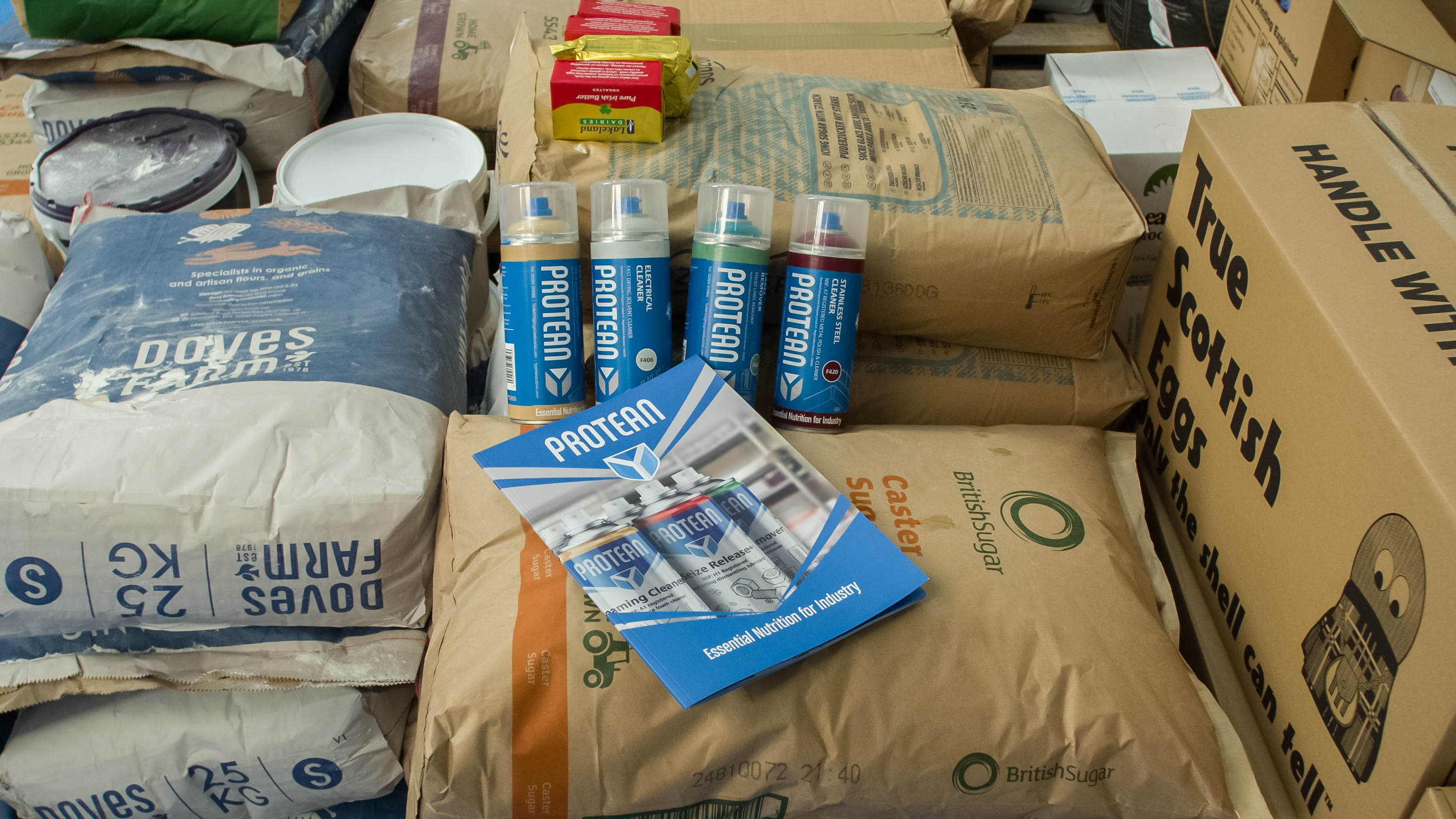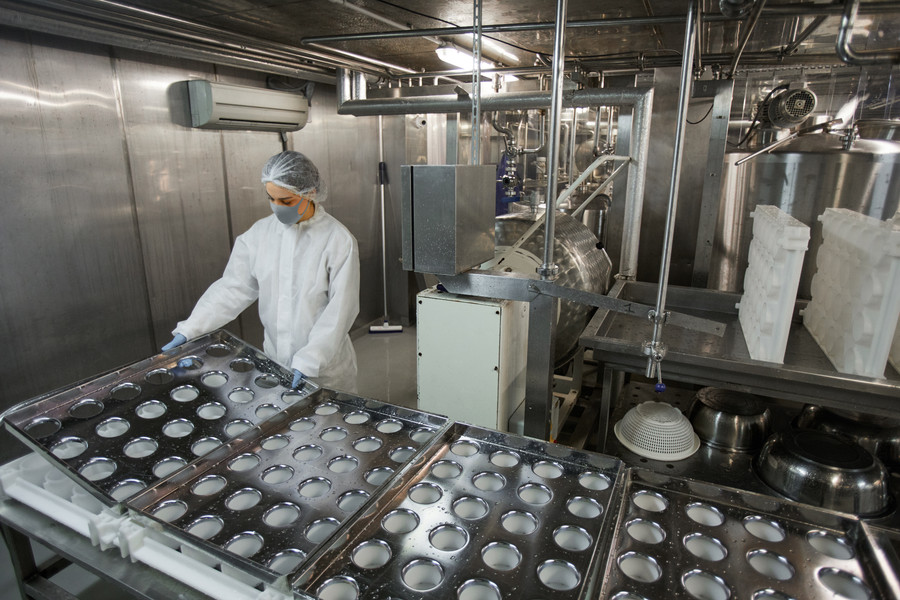All these certifications are rather confusing, we get that! So, we’re stripping things down, covering the most common classifications in the food industry and distinguishing the difference between them for you. If you’re not sure which food classification you need, scroll on for our breakdown of each category.
H1 lubricants are designed for machinery and equipment that may come into incidental contact with food. They are formulated with food-grade ingredients and minimise the risk of contamination. Ideal for use in areas where food products may be present, H1 lubricants are commonly used in gearboxes, hydraulic systems, conveyor belts, and food processing equipment.
All of our PROTEAN products are H1 certified, from food-safe grease to stainless steel cleaner. So, if these lubricants fell into the production line they wouldn't affect the smell, taste or colour of produce, saving your production time, money, and hassle.
Purpose:
To ensure safe lubrication of equipment in food processing environments where accidental food contact is a potential risk.
Key Characteristics:
Food-grade ingredients
Minimal risk of contamination
Compatible with a wide range of food processing equipment


H3 lubricants are suitable for cleaning and rust prevention on equipment that may come into occasional or incidental contact with food. While they contain a blend of food-grade and non-food-grade ingredients, they must be applied carefully and rinsed thoroughly to avoid food contamination. H3 lubricants are often used in non-critical areas of food processing facilities, such as on tools, utensils, and work surfaces.
Purpose:
To maintain equipment cleanliness and prevent corrosion while minimizing the risk of food contamination.
Key Characteristics:
Blend of food-grade and non-food-grade ingredients
Requires careful application and rinsing
Suitable for non-critical food contact areas
3H lubricants are specifically designed for direct food contact applications. Composed entirely of edible ingredients, they are safe for incidental ingestion. 3H lubricants are essential for maintaining food safety and product quality in applications such as release agents for baking pans, molds, and other equipment.
Purpose:
To provide safe lubrication for equipment that directly contacts food products.
Key Characteristics:
Edible ingredients
Safe for incidental ingestion
Ideal for baking pans, molds, and other direct food contact surfaces

When selecting the appropriate food-grade classification, consider the following factors:
Level of Food Contact: Assess the frequency and intensity of food contact with the equipment or machinery.
Regulatory Requirements: Adhere to local and international food safety regulations, such as HACCP and FDA guidelines.
Product Sensitivity: Consider the sensitivity of the food products being processed.
Manufacturer Recommendations: Follow the specific recommendations provided by the equipment or machinery manufacturer.
Tips for Effective Food Safety:
Regular Cleaning and Maintenance: Implement a rigorous cleaning and maintenance schedule to prevent contamination and product spoilage.
Proper Lubricant Application: Use the correct amount of lubricant and apply it according to the manufacturer's instructions.
Employee Training: Train employees on food safety practices, including proper hygiene, equipment handling, and lubricant usage.
Periodic Inspections: Conduct regular inspections of equipment and machinery to identify and address potential contamination risks.



